Are you looking to create a system that modern entrepreneurs and solopreneurs use?
Welcome to the Digital Samaaj platform.
Today, we will introduce you to a system that is a key reason for the exponential growth of today’s businessmen and entrepreneurs. We’re talking about developing a Digital Funnel.
A Digital Funnel is a combination of all the processes and components necessary to shift a business from offline to online. It involves strategies that help a local shopkeeper take their business online and turn it into a successful brand.
Table of Contents
ToggleTypes of Digital Funnel Processes
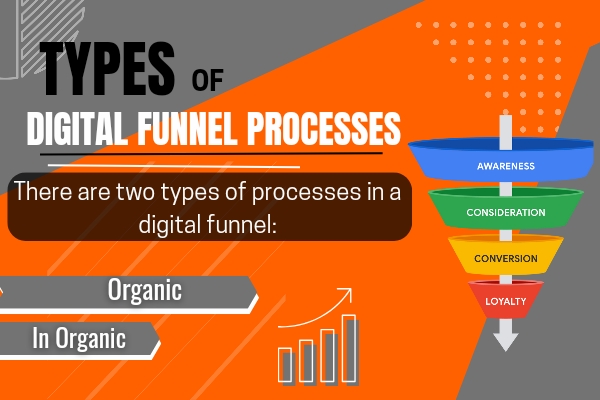
There are two types of processes in a digital funnel:
Organic and Inorganic.
Organic processes involve generating leads without investing money, while inorganic processes require some investment to generate leads through ads, promotions, collaborations, etc.
Both methods are used for lead generation, brand building, and lead conversion. This entire system works as a funnel, where the first step is content delivery and the final step is generating profit through leads and continuously nurturing these leads.
Understanding a Digital Funnel
A Digital Funnel can be understood through several definitions:
- First Definition: A combination of processes and components necessary for shifting a business from offline to online.
- Second Definition: A collection of processes required to digitalize a business and reach millions of people with products and services.
- Third Definition: Strategies that help local shopkeepers take their business online and turn it into a successful brand.
A digital funnel involves both organic (free) and inorganic (paid) processes.
Organic processes include optimizing your website to rank on Google’s first page and posting quality content on social media platforms like Facebook, Instagram, Twitter, and YouTube. These techniques include SEO, SMO, and Content Marketing.
Before diving into the components, let’s understand why we need a Digital Funnel and the ultimate goal of creating a digital funnel. The ultimate goal is to establish yourself as a brand and generate income.
Components of a Digital Funnel
Organic (Free) Process
Organic processes involve generating leads without spending money. This includes optimizing your website according to Google algorithms to rank on the first page and attract visitors. Techniques include:
SEO (Search Engine Optimization)
Optimizing your website to rank on Google’s first page. SEO involves four parts:
- On-Page SEO: Optimizing web pages for higher search engine rankings. This includes keyword optimization, meta descriptions, internal linking, and ensuring the content is valuable and relevant.
- Off-Page SEO: Improving website ranking through external factors like backlinks, guest posts, social signals, and influencer marketing.
- Technical SEO: Optimizing the website and server for easy indexing and crawling by search engines. This includes improving site speed, mobile-friendliness, and ensuring a secure (HTTPS) connection.
- Local SEO: Optimizing your website for local business queries. This includes claiming your business on Google My Business, optimizing for local keywords, and acquiring positive reviews.
Read More: 7 Powerful Reasons For Importance Of SEO
SMO (Social Media Optimization)
Using social media platforms to promote your business and drive traffic to your website. This involves creating engaging content, interacting with followers, and leveraging social media algorithms to increase reach and visibility.
Content Marketing
Using search engines and YouTube effectively to market yourself and reach your target audience. This includes creating YouTube videos, blogging, and sending newsletters. Quality content is key, as it positions you as an authority in your field and helps in attracting and retaining an audience.
Inorganic (Paid) Process
Inorganic processes involve generating leads by investing money in ads. This ensures quality lead generation even if your website is not ranked on Google’s first page.
Techniques include:
SEM (Search Engine Marketing)
Increasing website visibility on search engines through paid ads. This includes Pay-Per-Click (PPC) advertising, where you pay each time someone clicks on your ad, and Google AdWords campaigns that target specific keywords relevant to your business.
SMM (Social Media Marketing)
Using social media platforms to run ads and drive traffic to your website. This involves creating targeted ads on platforms like Facebook, Instagram, LinkedIn, and Twitter, which can be finely tuned to reach specific demographics and psychographics.
Lead Management System
A crucial aspect of a digital funnel is managing leads effectively to ensure they remain loyal customers. This involves continuous interaction and providing value through strategies like email marketing and social media engagement. Tools like Customer Relationship Management (CRM) systems can help track interactions, segment leads, and personalize communications.
Lead Nurturing
Lead nurturing means continuously providing value to your leads and reminding them about your business. This is often done through email marketing and social media engagement. The goal is to build a relationship with potential customers, keeping them informed and engaged with your brand until they are ready to make a purchase.
Read More: Is Email Marketing Effective In 2024?
Why Do You Need a Digital Funnel?
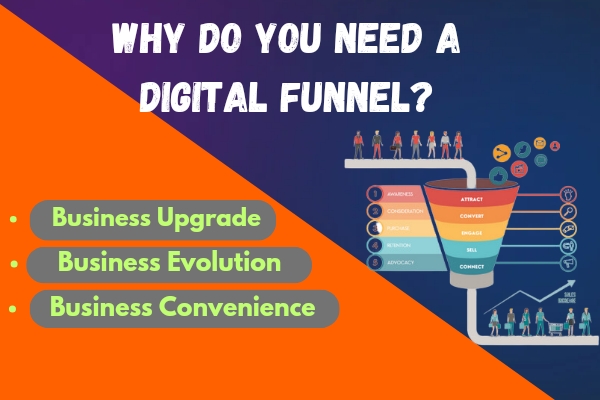
- Business Upgrade
- Digital marketing and digital systems help reduce costs and improve efficiency, upgrading traditional businesses to digital ones. A digital funnel allows for streamlined processes, automation, and better resource management.
- Business Evolution
- The rapid improvements in work processes make business evolution necessary, shifting offline businesses online to increase revenue. A digital funnel helps businesses stay competitive by embracing new technologies and reaching a broader audience.
- Business Convenience
- Business evolution makes tasks easier, leading to business growth and increased revenue. A well-structured digital funnel automates many tasks, such as lead generation and follow-up, allowing business owners to focus on strategic decision-making and customer relationships.
Conclusion
A digital funnel is essential for business growth, upgrading traditional methods, and ensuring convenience and efficiency in operations. It helps establish a strong online presence, reach a wider audience, and ultimately achieve financial independence. By understanding and implementing both organic and inorganic processes, businesses can create a comprehensive digital strategy that drives sustainable growth and success.
In today’s digital age, having a well-optimized digital funnel is no longer optional but a necessity for any business looking to thrive. Embrace the digital transformation and leverage the power of digital funnels to take your business to new heights.
Learn how to create your digital funnel and take your business from offline to online only in 60 days.
Our easy-to-follow digital marketing courses are perfect for businessmen, professionals, students, and homemakers.
Join our Digital Marketing Course Now!
Click Below To Share This Post To Your Friends

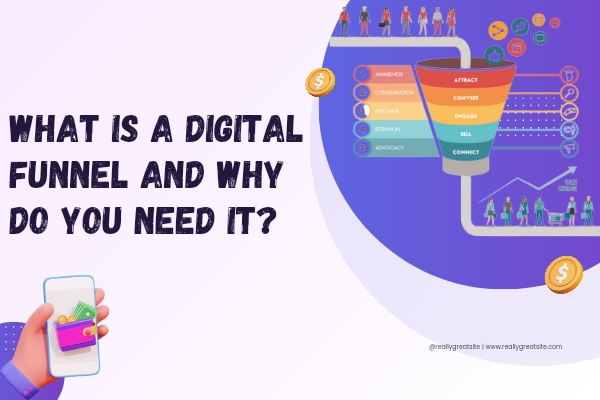

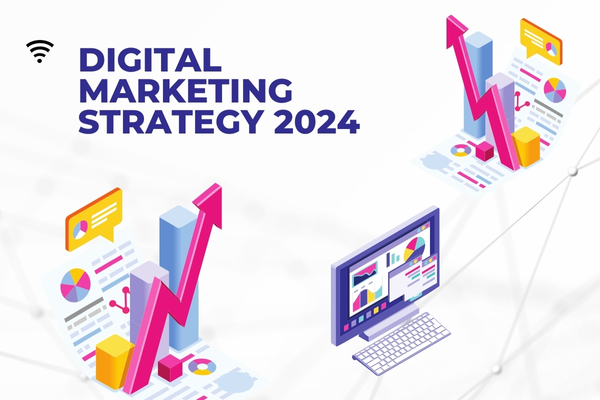
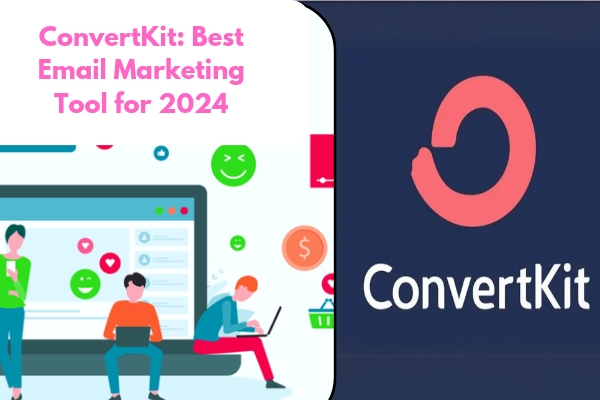
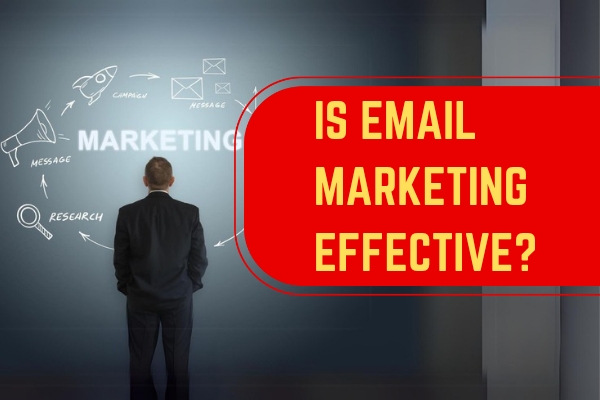

Good Information 👍